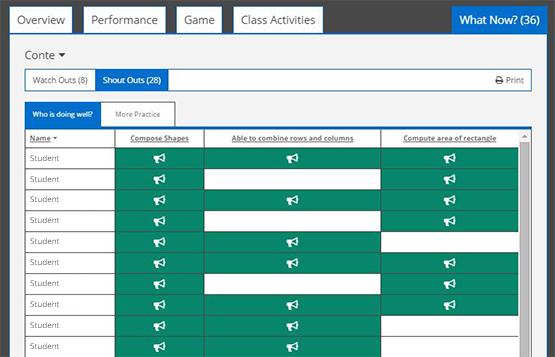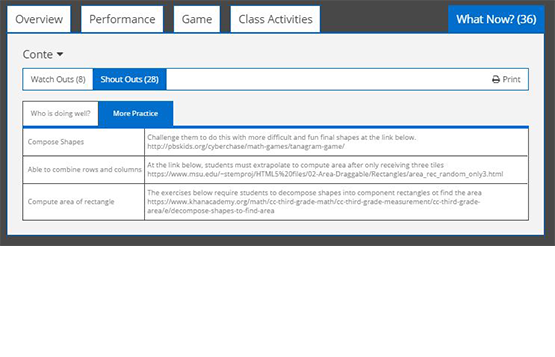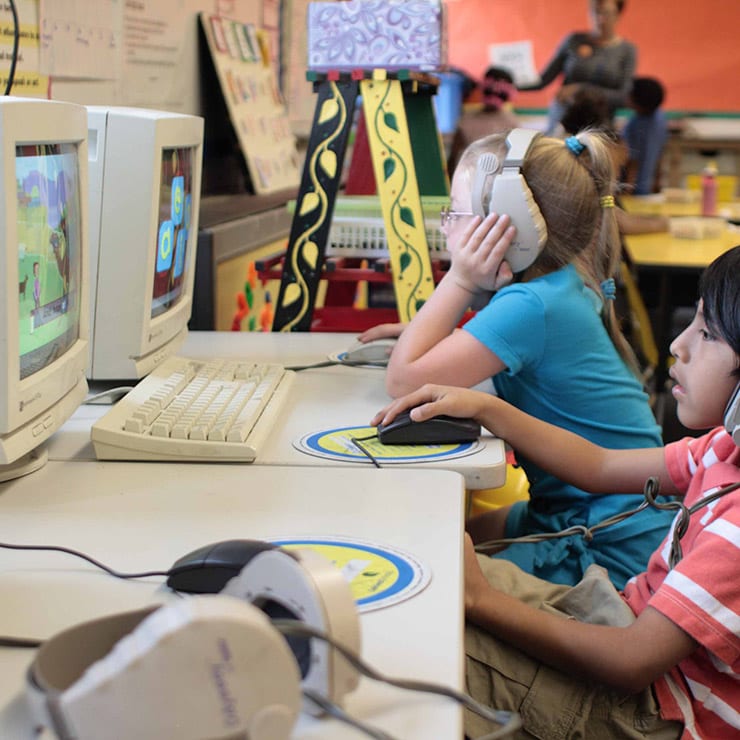Understanding student learning through education games
The ability to capture information from everyday experiences changes the way we think of assessment, learning, and education.
Games are part of students’ natural activity — the latest Pew research tells us that 97 percent of students aged 12–18 play some kind of digital game. Unlike tests and other schoolwork, students aren’t afraid to fail in games. They understand that progress in the game happens through experimentation, failure, and adaptation.
Games provide the opportunity to foster student engagement and rich learning, and they can attract learners in ways that many other classroom activities cannot.
In a traditional assessment environment, educators often get one thing from a student: their final answer. On a multiple-choice test, this is an option selected. On a fill-in-the-blank test, it may be a word or a number.
Teachers often tell students to “show your work!” This is so teachers can accomplish the time-consuming task of examining each step the student made and identifying where he went wrong in order to help correct his mistake.
In the digital age, educators can gather more information about student interactions — and do it automatically — taking some of the grading burden off teachers’ shoulders.
Not only that, but digital learning tools can actually help assess things on a large scale that would be very difficult to measure in a paper-and-pencil world.
Dive deeper into this topic

Example: Alice in Arealand
We all learned “area = length x width.” But what does the resulting number mean? Educators want students to go beyond memorization to conceptual understanding.
For area, students should understand that what they are doing is figuring out the number of non-overlapping, equal-sized square units laid side-to-side and end-to-end needed to cover a space.
In the game Alice in Arealand, a player must move the snow blocks into the spaces in the gate so our character, Alice, can walk past without being seen by the Yeti.

The game introduces students to the idea of unit spaces covering an area and are gradually required to use non-overlapping end-to-end spacing to advance levels.
Data collected shows the likelihood that a student has mastered a skill
Teachers receive actionable feedback about student progress in the game. See an example of feedback teachers receive (left).

Real-world application
There are still outstanding research issues to work through when it comes to education games.
Before replacing traditional assessments, we need to know that the estimates of knowledge, skills, and attributes that educators receive from games are also good representations of players’ knowledge, skills, and attributes in the real world.
This requires a long process of establishing validity, but we’ve completed the first level and we’re on our way.

Stealth Assessment: Measuring and Supporting Learning in Video Games
The report reviews evidence relating to digital games and learning and discusses the researchers’ work to embed assessments in a digital game to measure levels of creativity, persistency, and conceptual understanding.
Read the report

National Education Technology Plan
The National Education Technology Plan is the flagship educational technology policy document for the United States. The 2016 Plan, Future Ready Learning: Reimagining the Role of Technology in Education, articulates a vision of equity, active use, and collaborative leadership to make everywhere, all-the-time learning possible.

